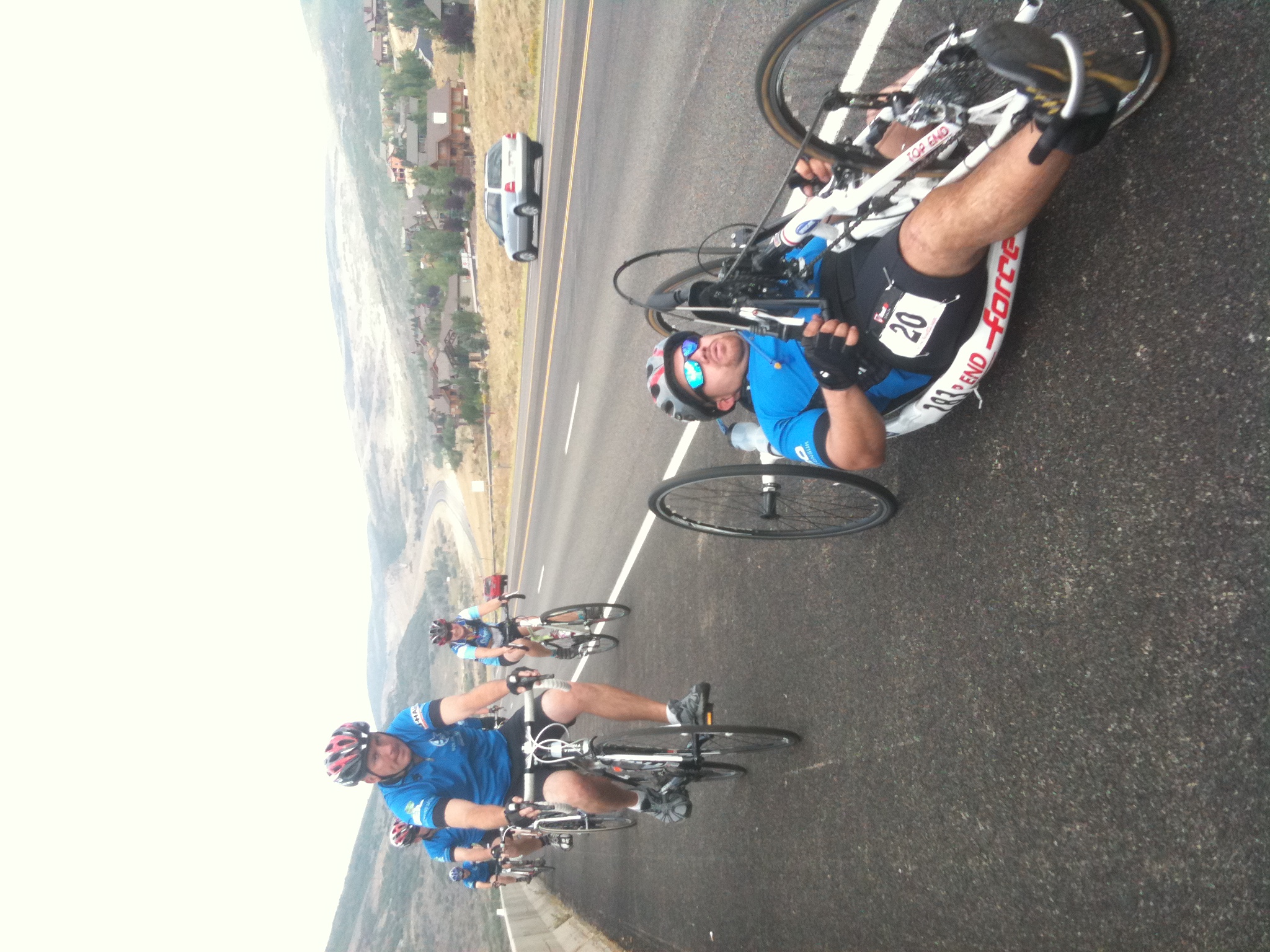Guest Editorial:
Recent coverage of the Sugar House streetcar project has emphasized the “necessity” for greenspace amenity and the “tragedy” of bicycle/pedestrian overpasses. UTA, SSLC, and SLC proponents have sold the community on the economic and community development impacts of this project, with a $55 mil cost. Local project funders and Citiventure Consultants, hired to develop a project vision, say that the Streetcar should act as a “zipper,” stitching together adjacent neighborhoods, while fostering business development on the corridor.
Unfortunately, these entities have ignored many business and urban landscape realities, failing to recognize that, first and foremost, the Sugar House streetcar project is the development of a transit corridor, as evidenced by historic use, the project funders and PRATT elements. With scarcely enough funding, paid consultants recommend “urban perfuming” (their words, really) and greenspacing in an effort to leverage the investment into a viable public space. Apparently, the existing greenspace opportunities in and around SLC, including near the line ends at the Jordan River, Fairmont and Sugar House Parks, are insufficient for the residents. Because SSLC and SLC plan not to spend money on amenity, this greenspacing is expected to be footed by the local business community.
Similar projects (Tampa, San Diego, New Orleans) recognize that the key to success is efficient, permeable transit, supporting adjacent businesses. For the Sugar House streetcar, at $55 mil., transit is core asset being created and to be leveraged. Adjacent businesses see opportunity in the transit market, but only if the transit and business interface is a priority. Key to this success are the intermodal opportunities of the PRATT trail, the construction of a plaza-type environment and access to adjacent businesses.
What cyclists, transit planners and UDOT know, is that cyclists insist on continuous, safe routes for commuting. Every successful urban bike path depends on over/underpasses to create this efficiency and safety. The recently released Utah Bicycle and Pedestrian Master Plan Design Guide defines over/underpass alternatives as the preferred alternative where automobile traffic flow exceeds 12,000 per day (corrected) at path crossings. The State St. and 700E crossings each see more than four times that figure. Anyone who has been to the U of U campus, driven down Hwy. 51 in Phoenix, or seen the works of Santiago Calatrava knows bicycle/pedestrian bridges can evoke and enhance the cityscape, with beauty that borders on art.
Similarly, the greenspacing “amenity” is the cheapest possible option, short of creating an urban canyon with no enhancement for businesses and transit users. So why would UTA, SSLC, and SLC want to under-develop this legacy project? The short answer is that these entities would like to get something for nothing, or nearly nothing: in SSLC’s case about $2.5mil; for SLC about $5.5mil. SLC’s portion is a mere 5% of the estimated total cost of the recently approved Utah Performing Arts Center (“Broadway Style Theater”). Which begs the question “Do SLC and SSLC believe in this project, or are they hedging their bets, knowing that even if the project is a market failure, the federal government and UTA have footed most of the bill?” Making the streetcar project an economic success requires real investment from SSLC and SLC.
The success of this corridor will be defined by the leveraging of a real and costly asset: the transit opportunities being developed. Bicycle and pedestrian overpasses at State and 700E (supporting the only E-W dedicated bike path in the valley) will make this project an economic and community success by creating connection. A “linear plaza” framed by vibrant local business will become a destination for shopping, public art and street scene. Alternately, the lack of these critical infrastructure pieces will isolate the corridor, slow its development and further divide the communities. While I support the efforts of SSLC and SLC to make the streetcar and PRATT trails a reality, these entities need to up the ante and fully fund the necessary elements of the project without burdening the construction impacted business community and/or leaving the project underfunded. In this light, “urban perfuming” smells like something else.
Note: The SLC City Council is meeting this Tues. night at 7pm to discuss the signing of an inter-local agreement w/ SSLC specifying the amount of funding that they will be providing (about $5.5mil from SLC, total).
<http://www.slcgov.com/council/agendas/2011agendas/Dec13/12132011.pdf>
Kevin Dwyer
Chair, Salt Lake City Bicycle Collective, Board of Directors
Telling stories of free bicycle culture at: http://spokenaboutbicycles.blogspot.com/








I liked some of the article, Kevin, and it was written well. Though I do agree with almost all of your claims, especially that of a continuous path (which is absolutely necessary if this trail is going to be enjoyed by everyone), I do not agree with the need for bike and ped bridges over 700 E and State Street. These streets do not get upwards of 50,000 vehicles per hour. They do, however, have about that many per day.
One thing that was not considered in this article was how much space these bridges and their approaches will take up, effectively eliminating the public green space and opportunities for mixed use development along these sections of the corridor. A simple signal, triggered before pedestrian and bicyclists arrive at the intersection will be sufficient for a continuous and safe trail and crossings.
I should clarify, this is Tom Millar speaking as a citizen and concerned activist, and not as a City employee. =)
One thing that would be nice is for cyclists to be involved in the design of over- and under-passes – so many times cities create “bike paths” that involve narrow blind turns and extremely steep climbs/descents. Make the bike paths rideable by recreational, amateur and novice cyclists on average equipment and gearing.
Hi Tom – Yes that has been corrected VPD, not VPH. Thanks.
There is sufficient land for park and ride to the airport (autos and bike), bicycle overpasses, playgrounds, skate parks, dirt jumps and other public spaces, IF the City choose to exercise its spending and eminent domain powers to buy adjacent parking lots, abandoned and blighted property. Opportunities for amenity exist at Main St., State St., 200 E, 400 E, 700 E, 900 E and the end of the line. It will never be cheaper and, purchasing it now insures the proper design, development and immediate success of the project.
A signal will almost always require an extended wait due to the complexity of the traffic signalling and traffic volume between 2700 S. and 2100 S. on both State and 700 E. Cyclists will be relegated. It is not the preferred option, nor one I would look forward to riding on the only east-west dedicated pathway in the valley.
Comments are closed.